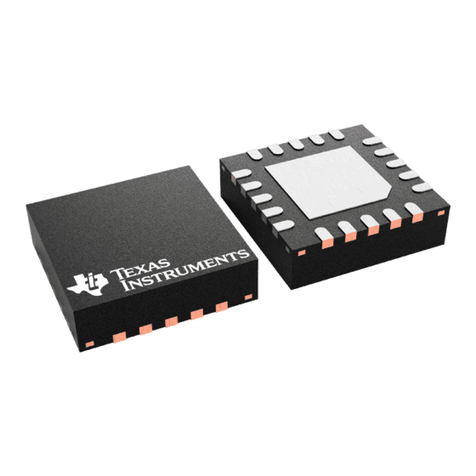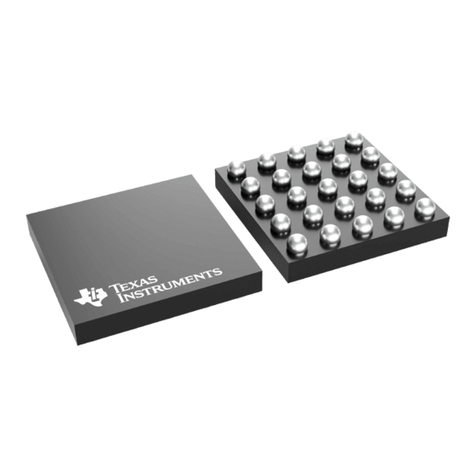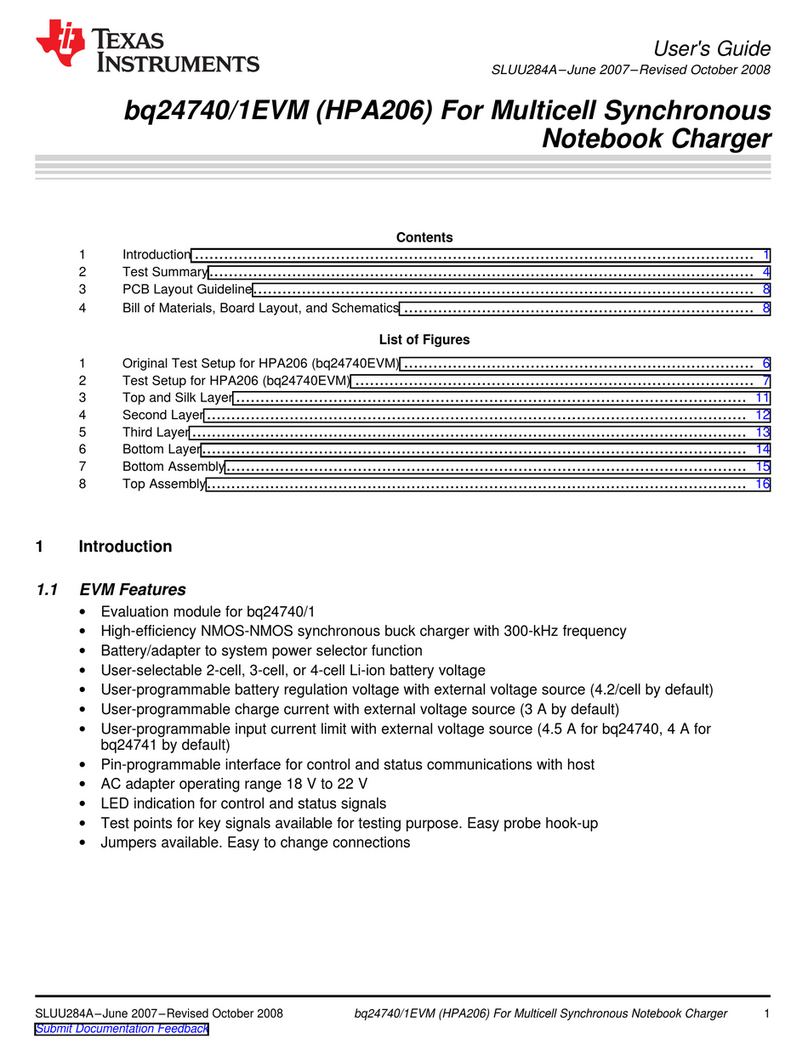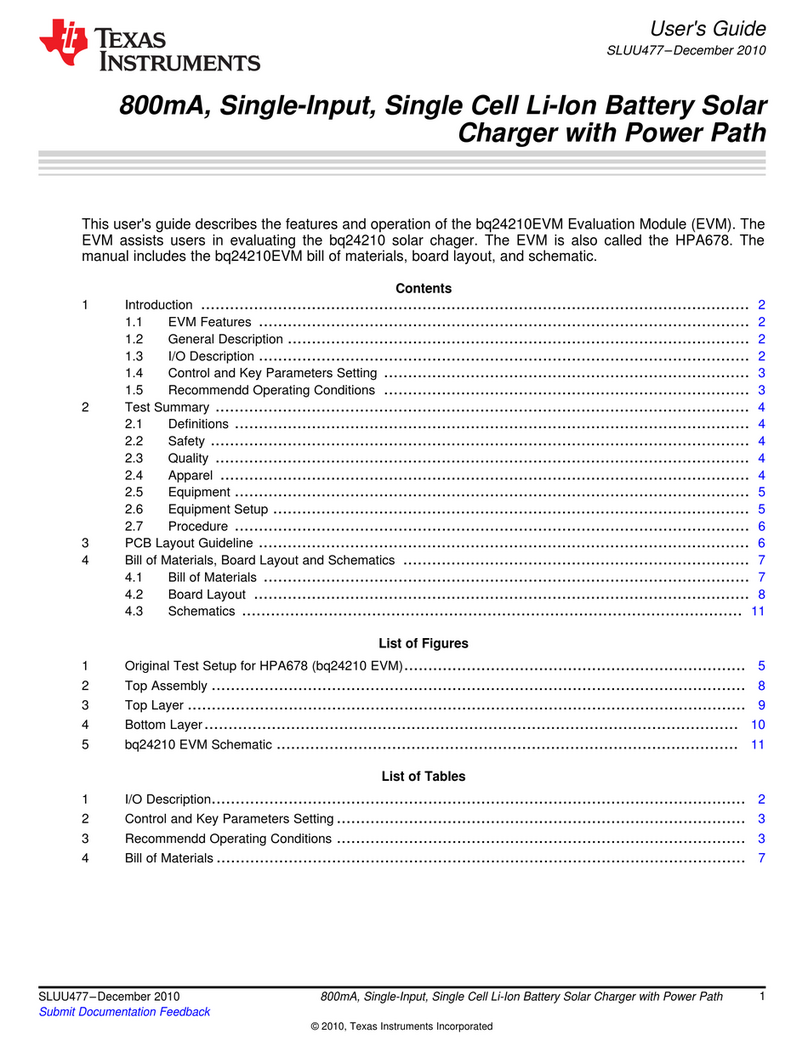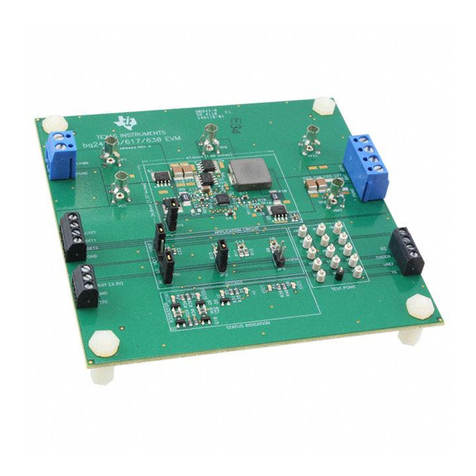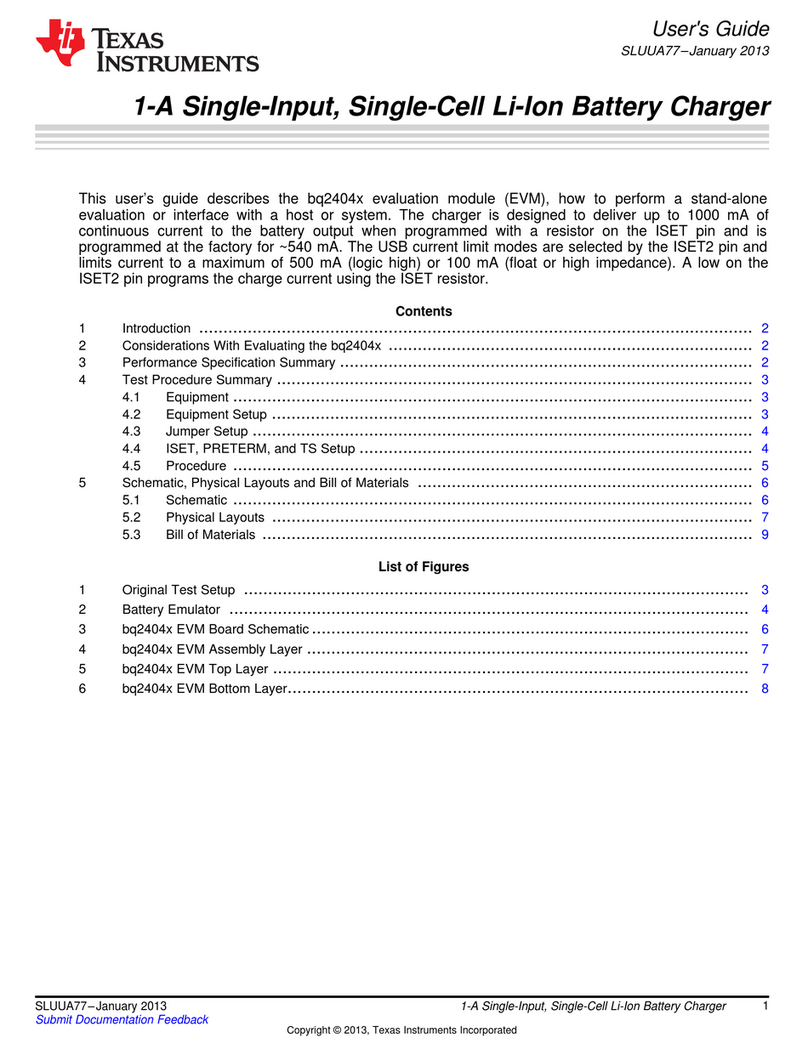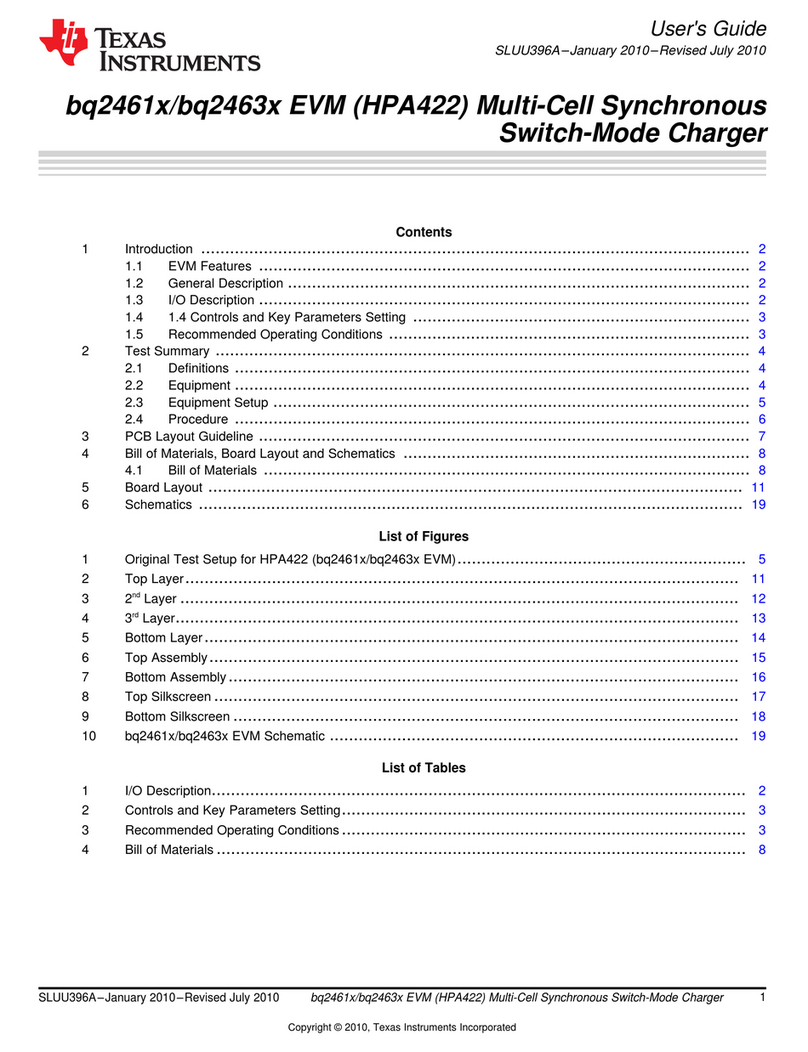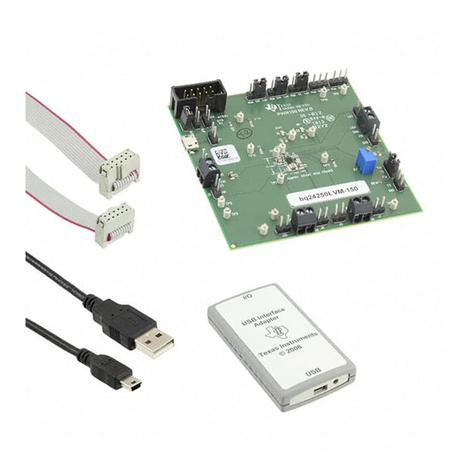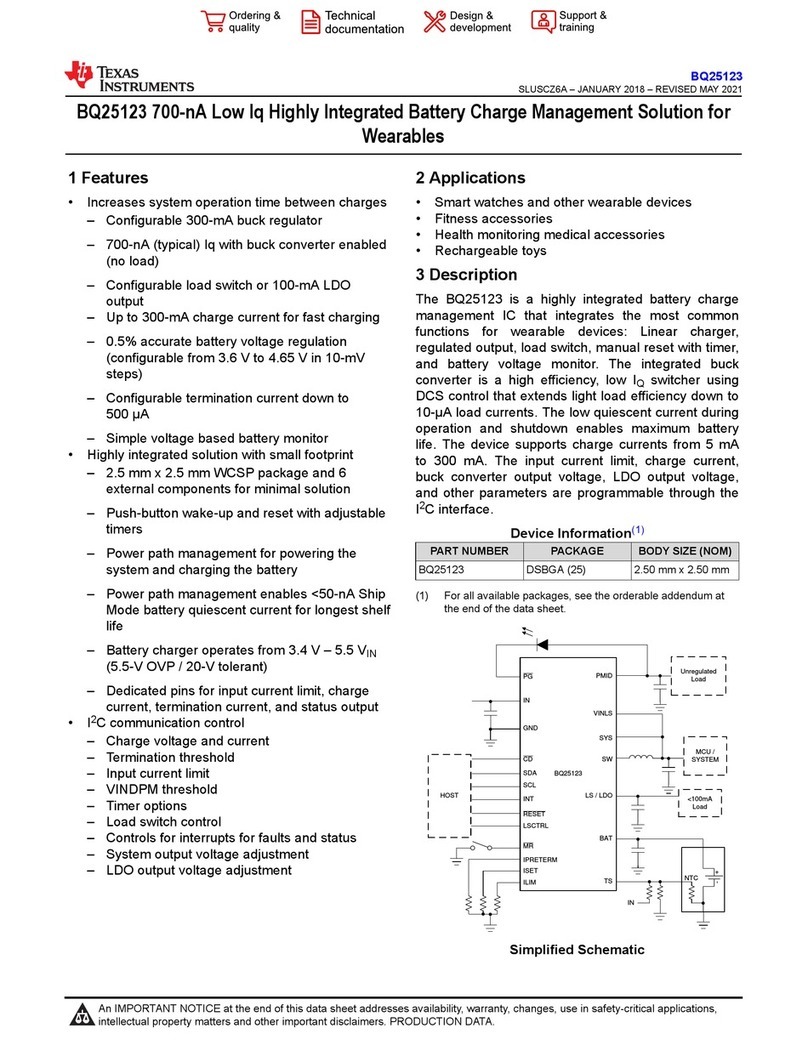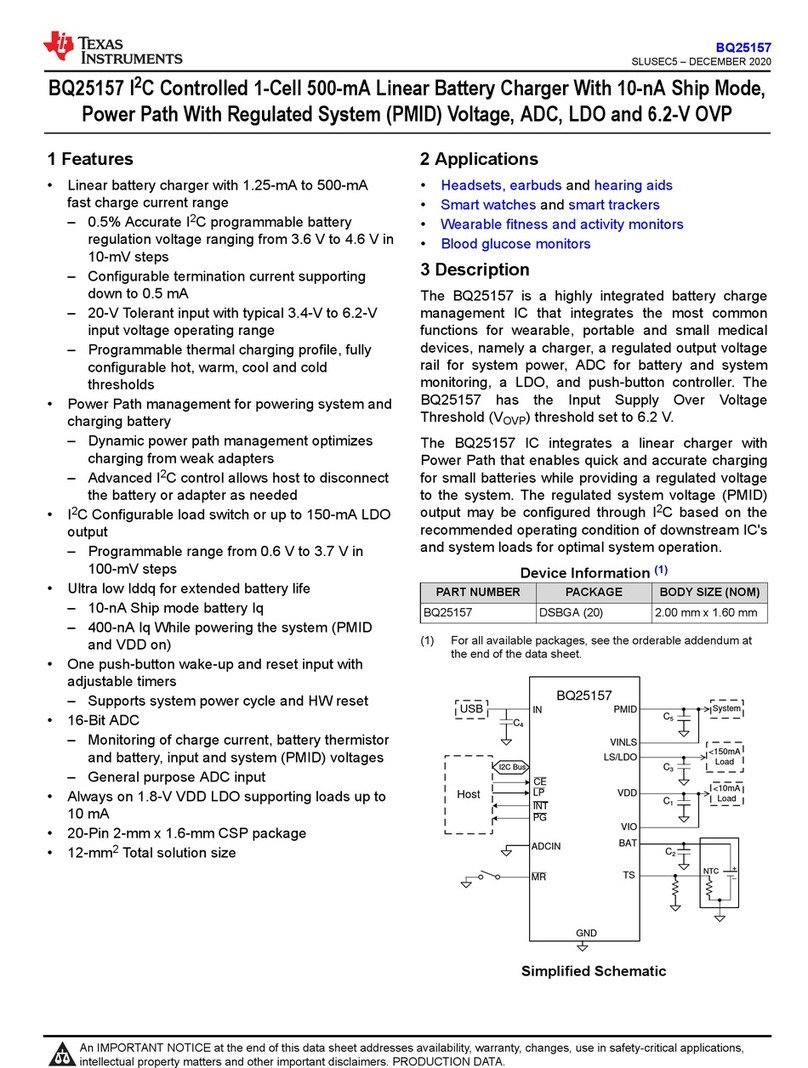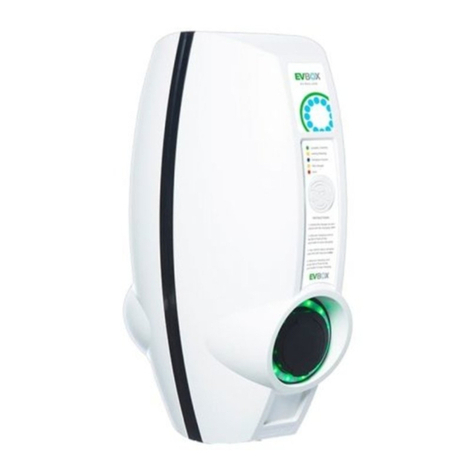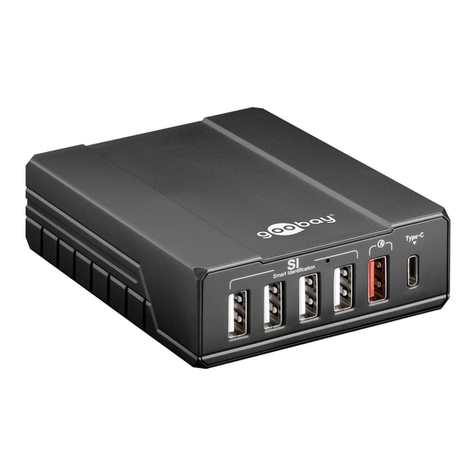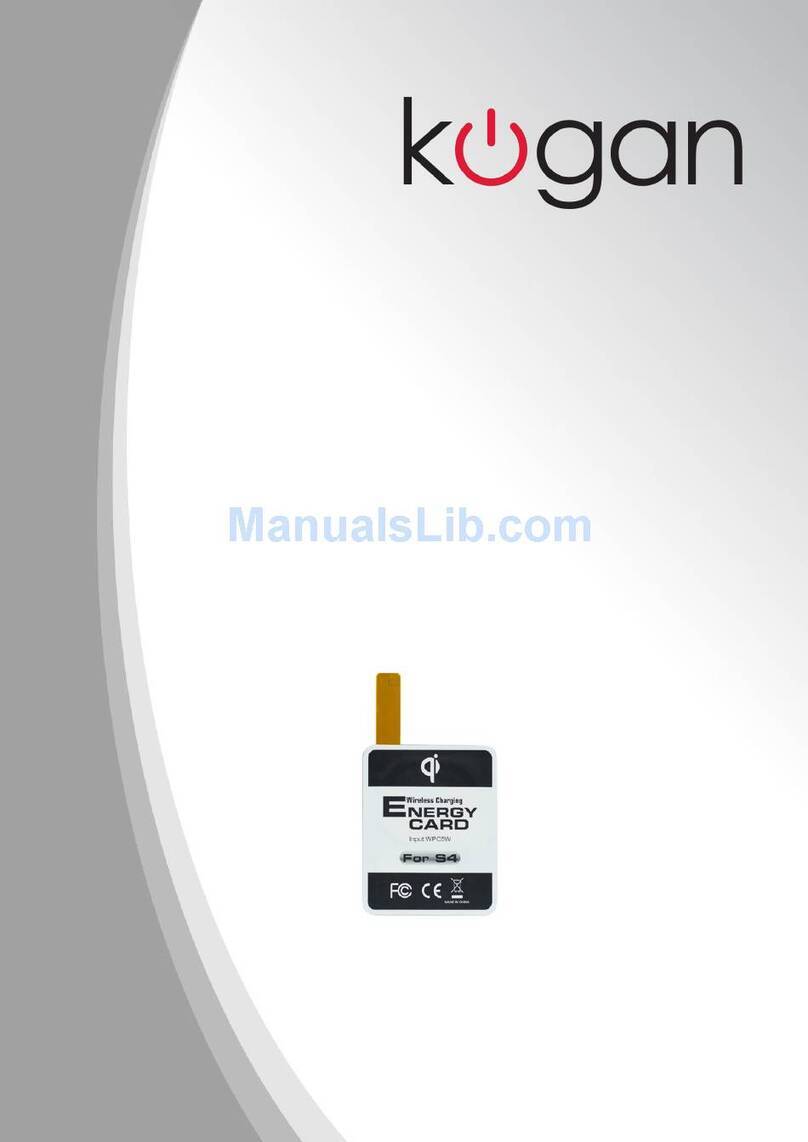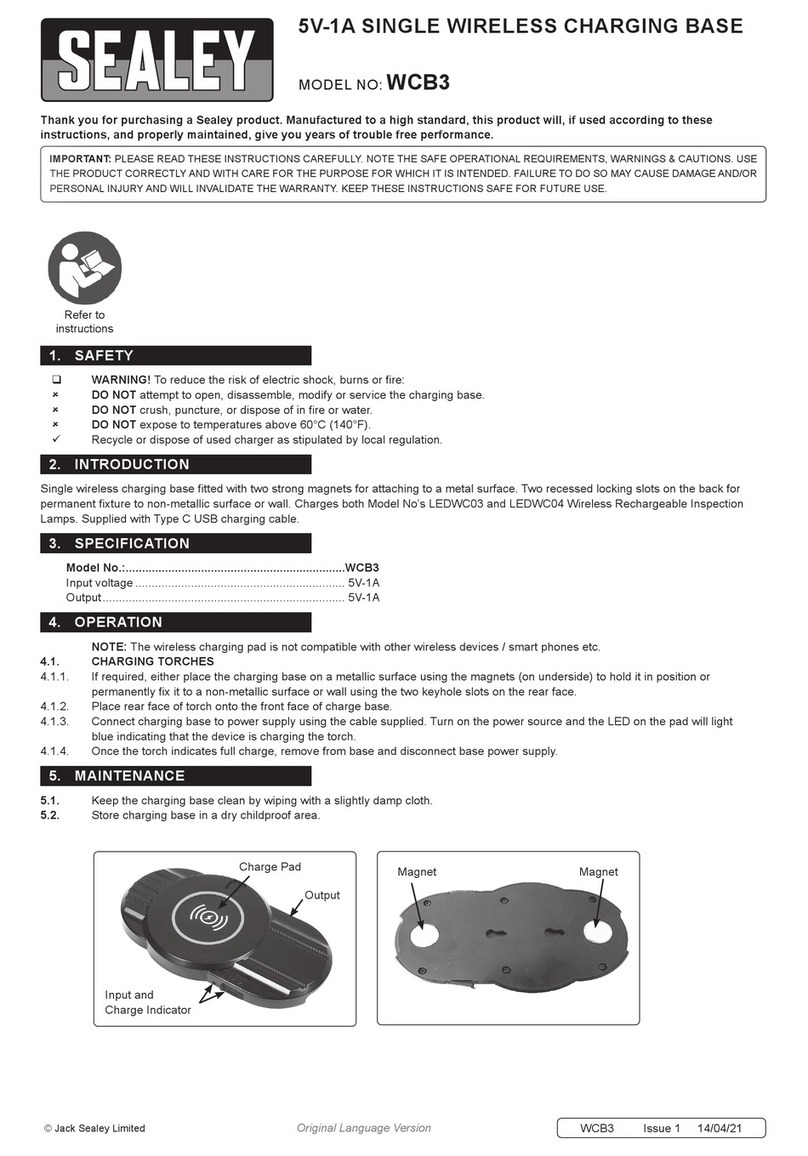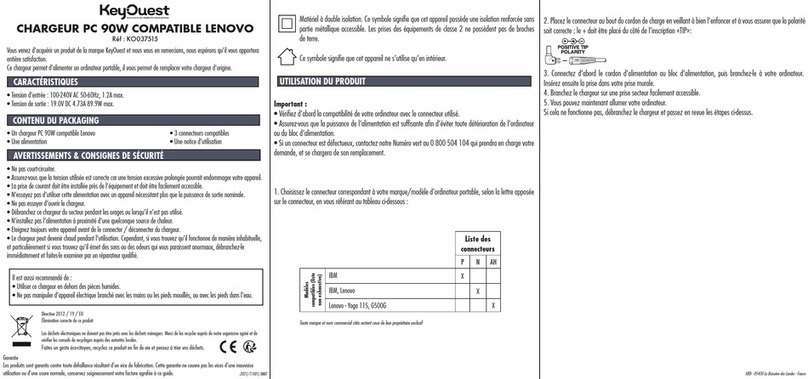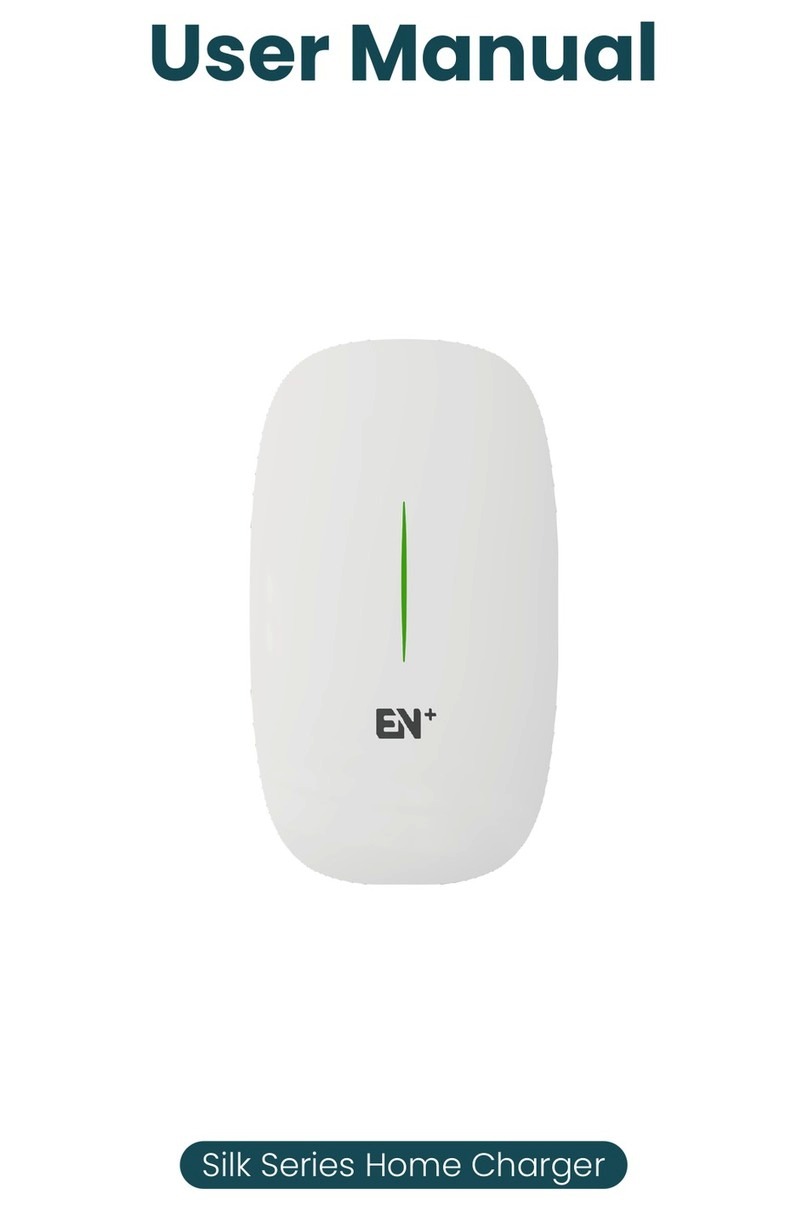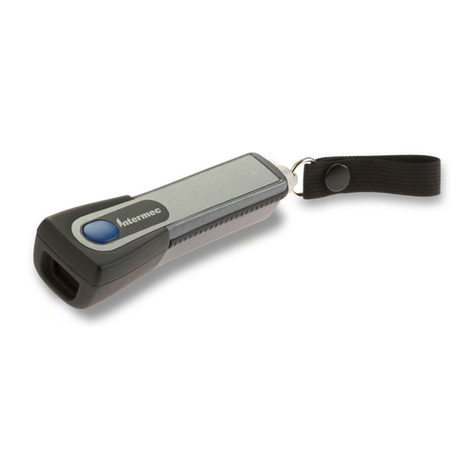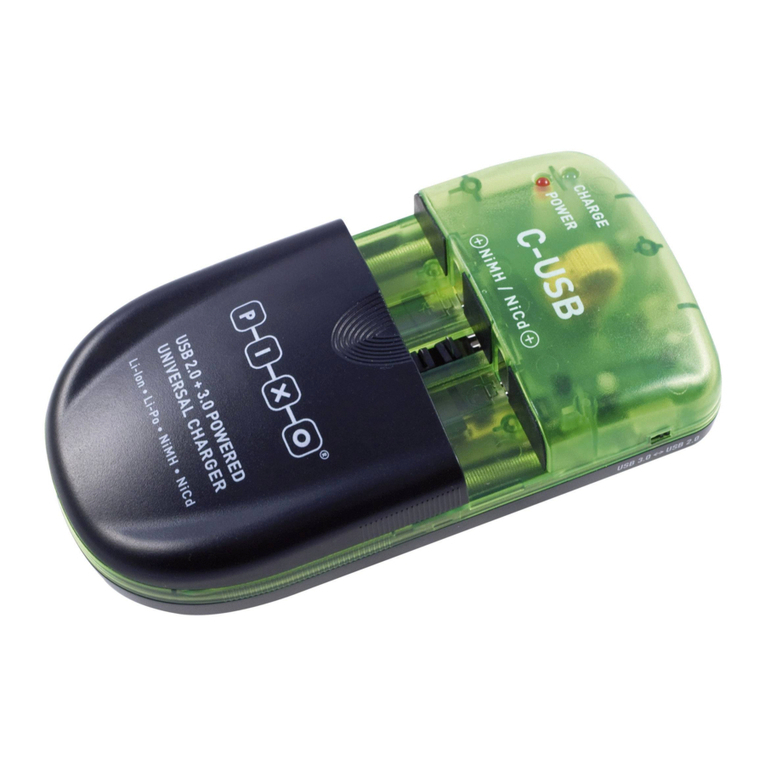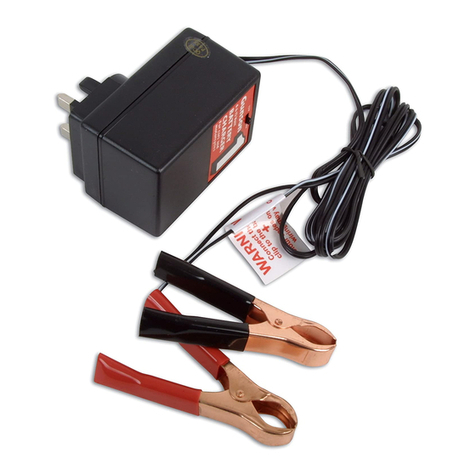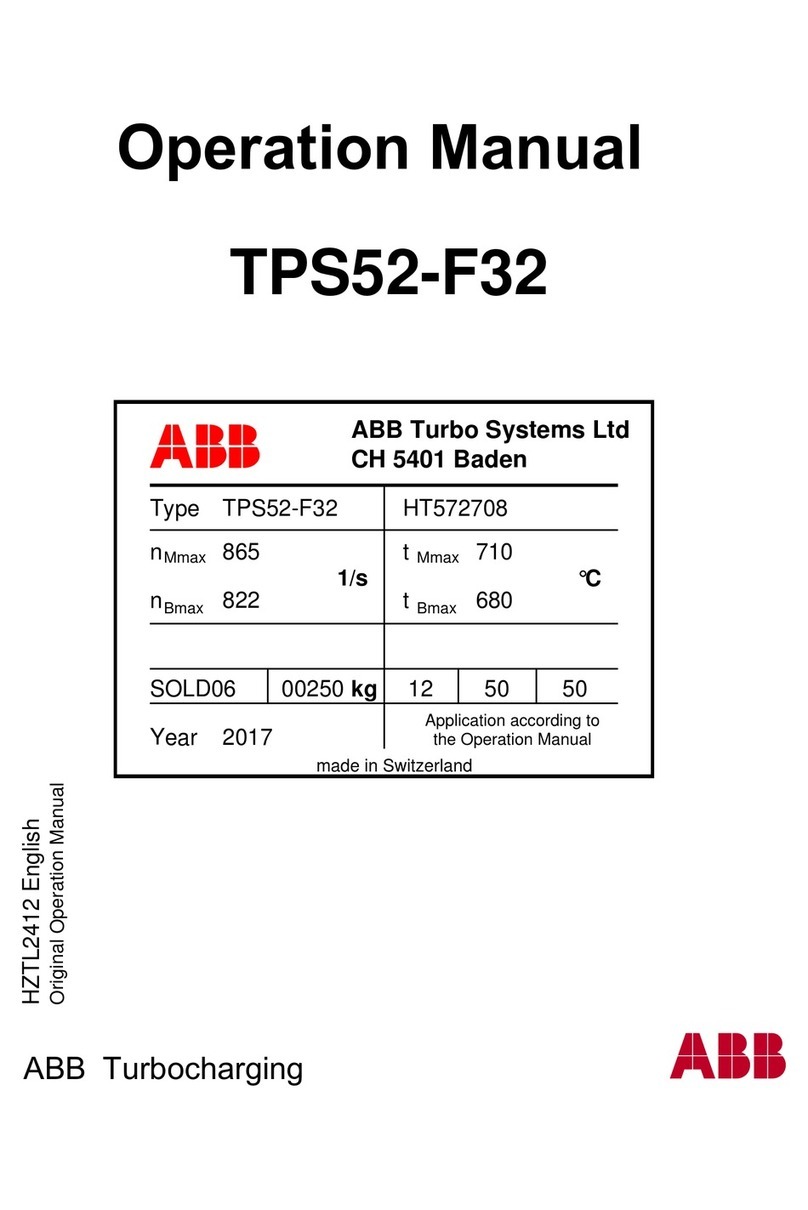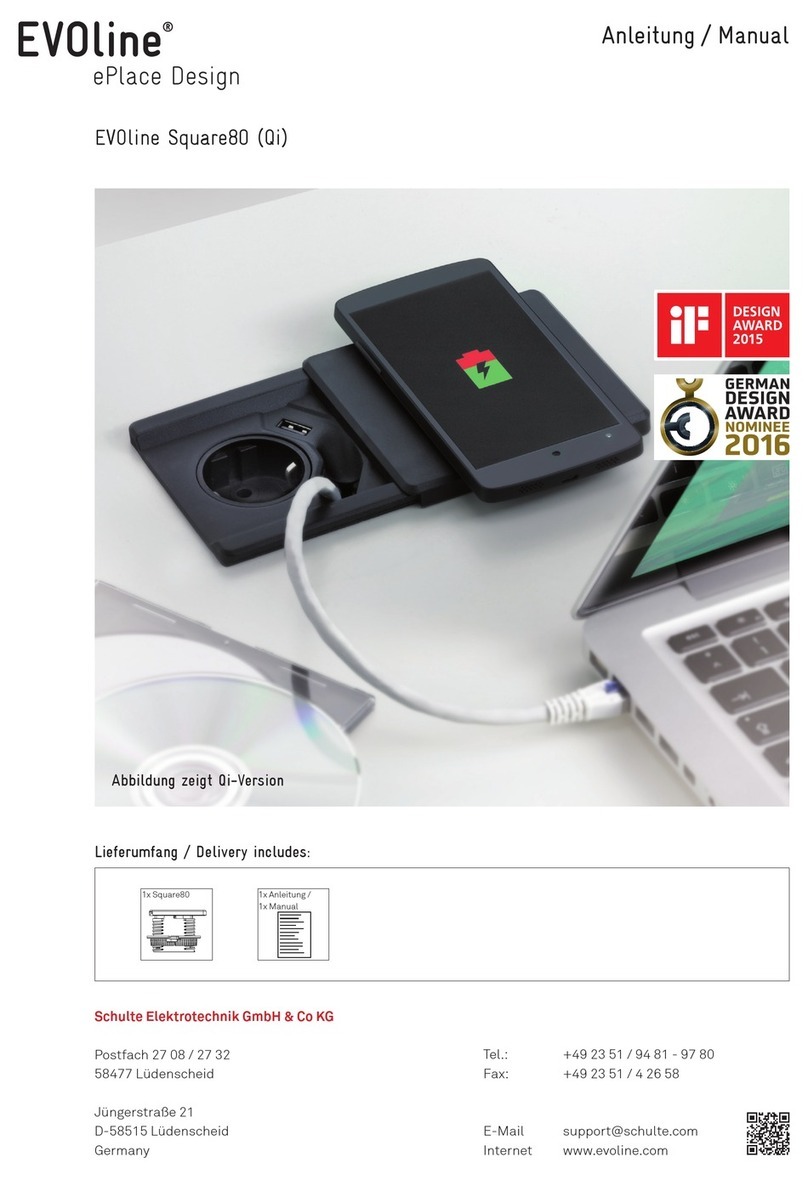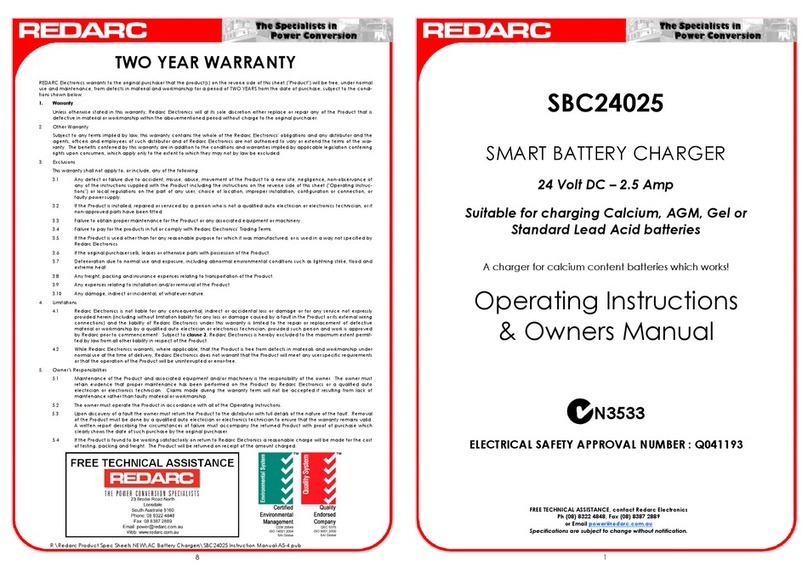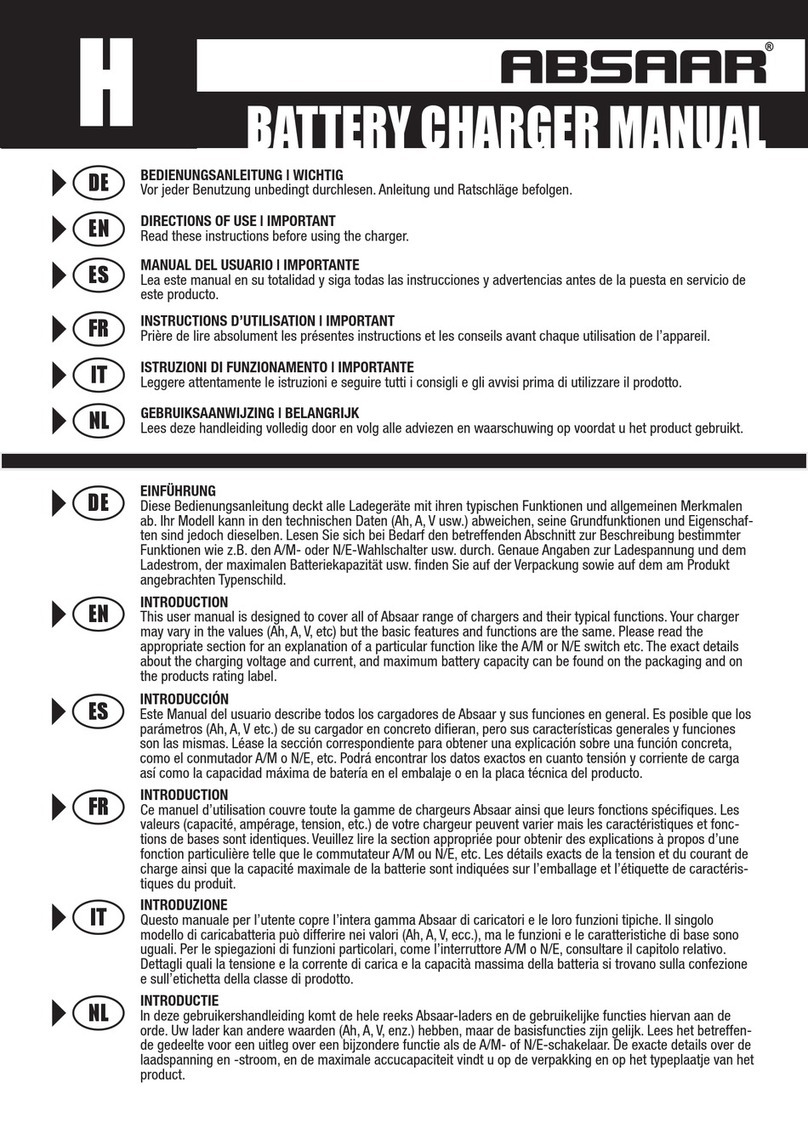
Table of Contents
1 Features............................................................................1
2 Applications..................................................................... 1
3 Description.......................................................................1
4 Revision History.............................................................. 2
5 Description (continued).................................................. 3
6 Device Comparison Table...............................................3
7 Pin Configuration and Functions...................................4
8 Specifications.................................................................. 6
8.1 Absolute Maximum Ratings........................................ 6
8.2 ESD Ratings............................................................... 6
8.3 Recommended Operating Conditions.........................6
8.4 Thermal Information....................................................7
8.5 Electrical Characteristics.............................................8
8.6 Timing Requirements................................................12
8.7 Typical Characteristics..............................................15
9 Detailed Description......................................................17
9.1 Overview................................................................... 17
9.2 Functional Block Diagram......................................... 17
9.3 Feature Description...................................................18
9.4 Device Functional Modes..........................................30
9.5 Programming............................................................ 32
9.6 Register Maps...........................................................35
10 Application and Implementation................................ 48
10.1 Application Information........................................... 48
10.2 Typical Application.................................................. 48
11 Power Supply Recommendations..............................63
12 Layout...........................................................................64
12.1 Layout Guidelines................................................... 64
12.2 Layout Example...................................................... 64
13 Device and Documentation Support..........................65
13.1 Device Support....................................................... 65
13.2 Receiving Notification of Documentation Updates..65
13.3 Trademarks.............................................................65
13.4 Support Resources................................................. 65
13.5 Electrostatic Discharge Caution..............................65
13.6 Glossary..................................................................65
14 Mechanical, Packaging, and Orderable
Information.................................................................... 65
4 Revision History
NOTE: Page numbers for previous revisions may differ from page numbers in the current version.
Changes from Revision * (April 2018) to Revision A (January 2021) Page
• Added Safety-Related Certification to Features................................................................................................. 1
• Added Device Comparison Table....................................................................................................................... 3
• Changed Storage Temperature.......................................................................................................................... 6
• Changed VD(PPM) to V(DPPM) .............................................................................................................................. 8
• Changed RDS(ON_LDO) ........................................................................................................................................ 8
• Changed Figure 8-2 .........................................................................................................................................12
• Deleted Update STAT to fault in VIN_UV actions in Fault and Status Condition Responses........................... 30
• Changed VIN_UV description...........................................................................................................................36
• Deleted I2C Address from title.......................................................................................................................... 39
• Changed reset state from 0100 1010 to 0100 0010......................................................................................... 47
BQ25121A
SLUSDA7A – APRIL 2018 – REVISED JANUARY 2021 www.ti.com
2Submit Document Feedback Copyright © 2021 Texas Instruments Incorporated
Product Folder Links: BQ25121A

